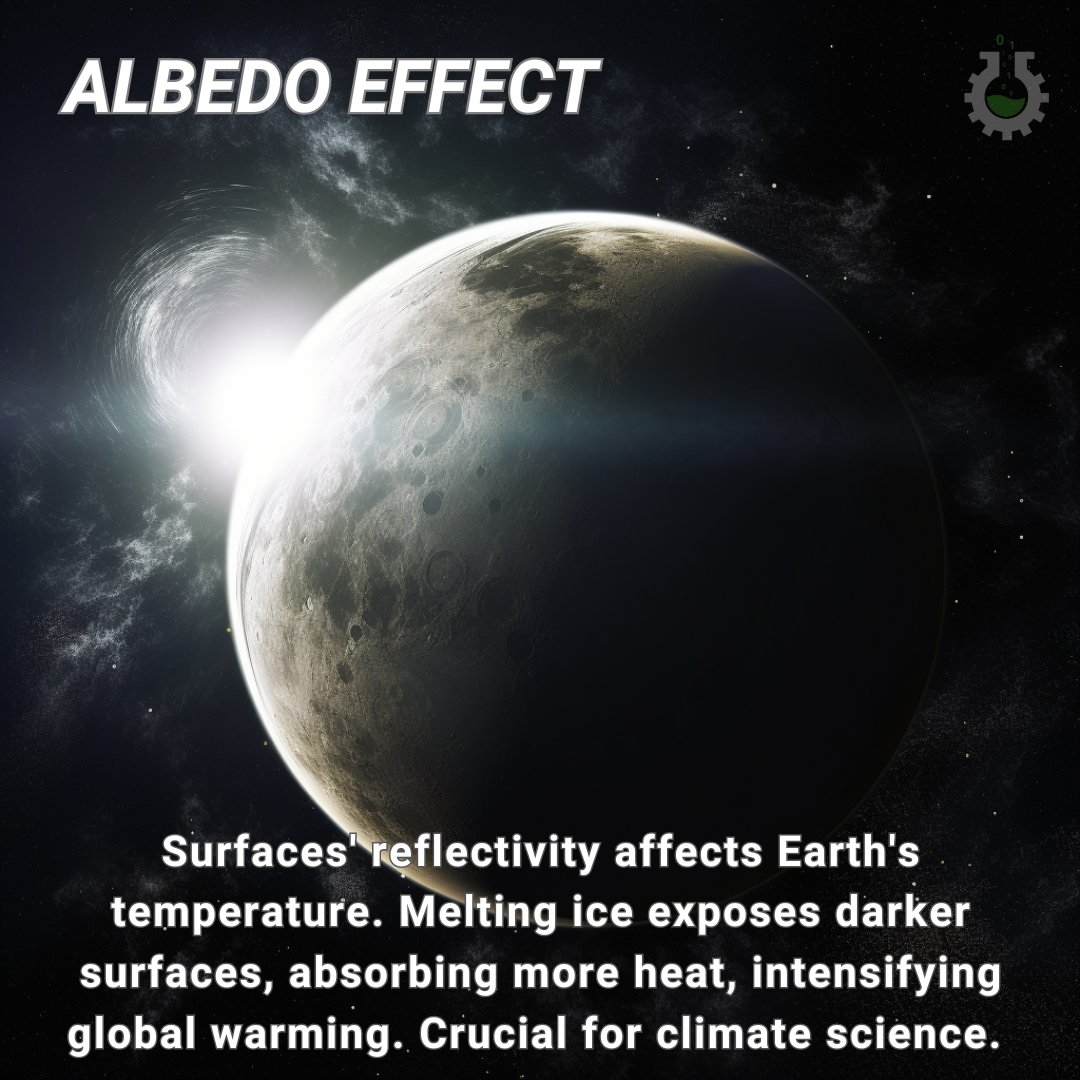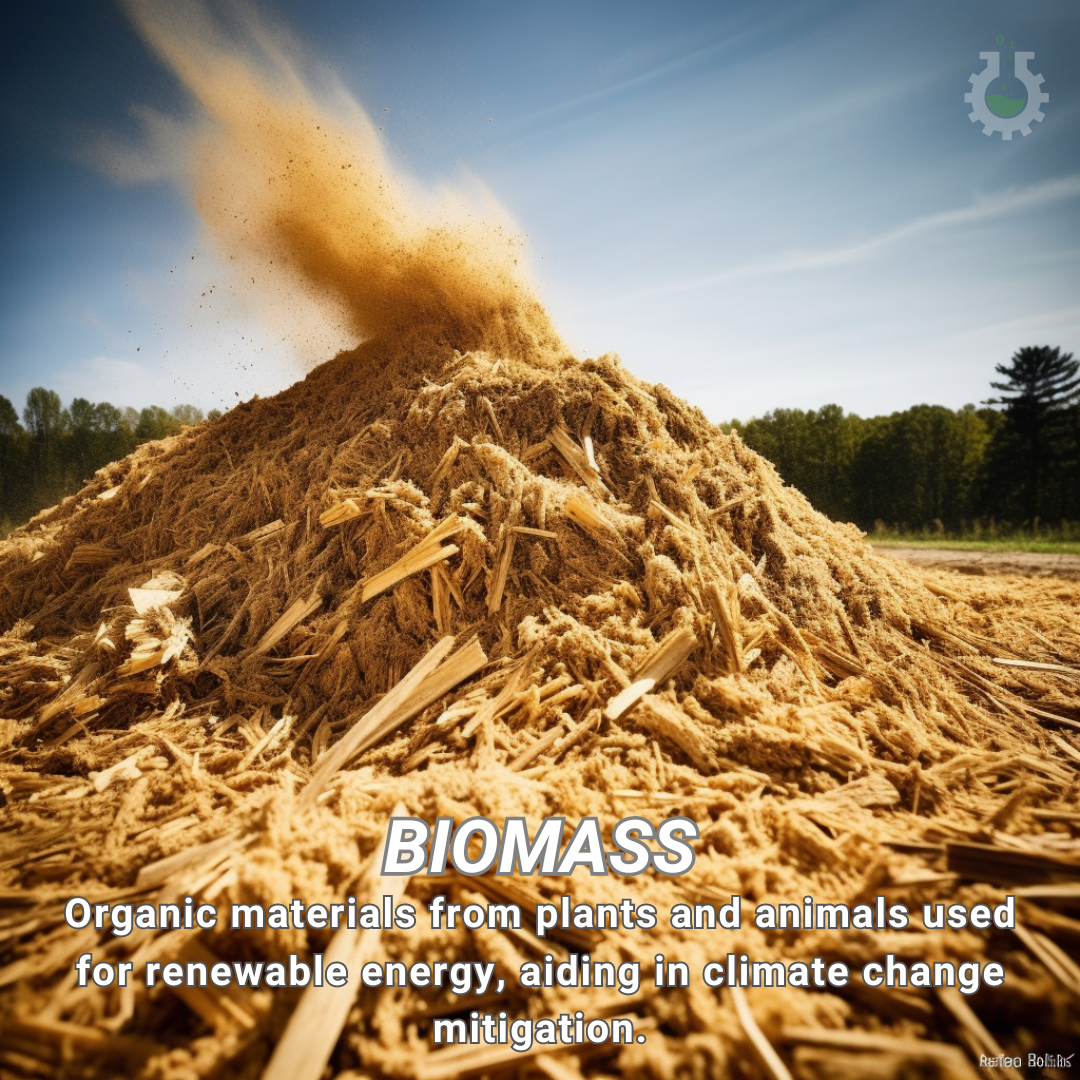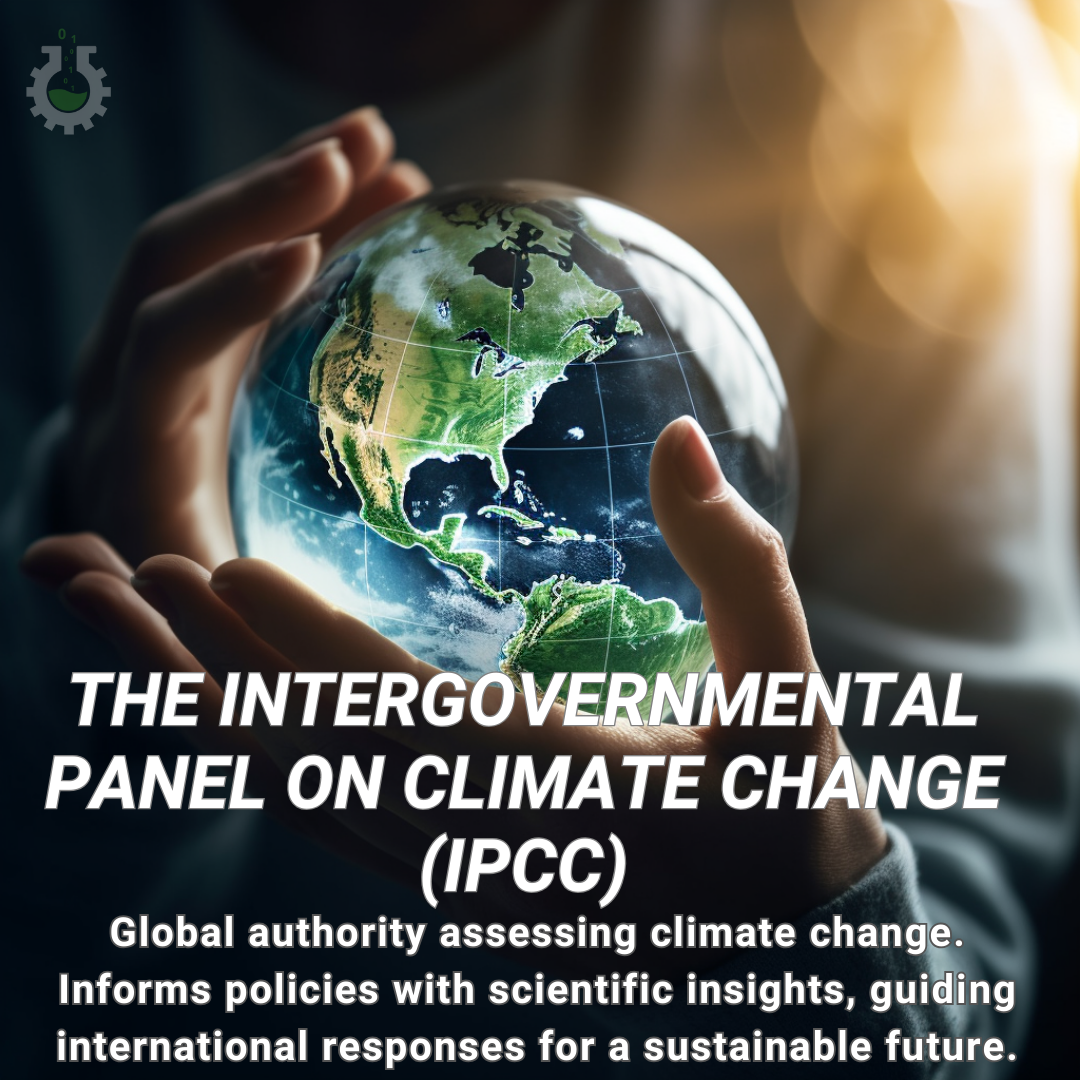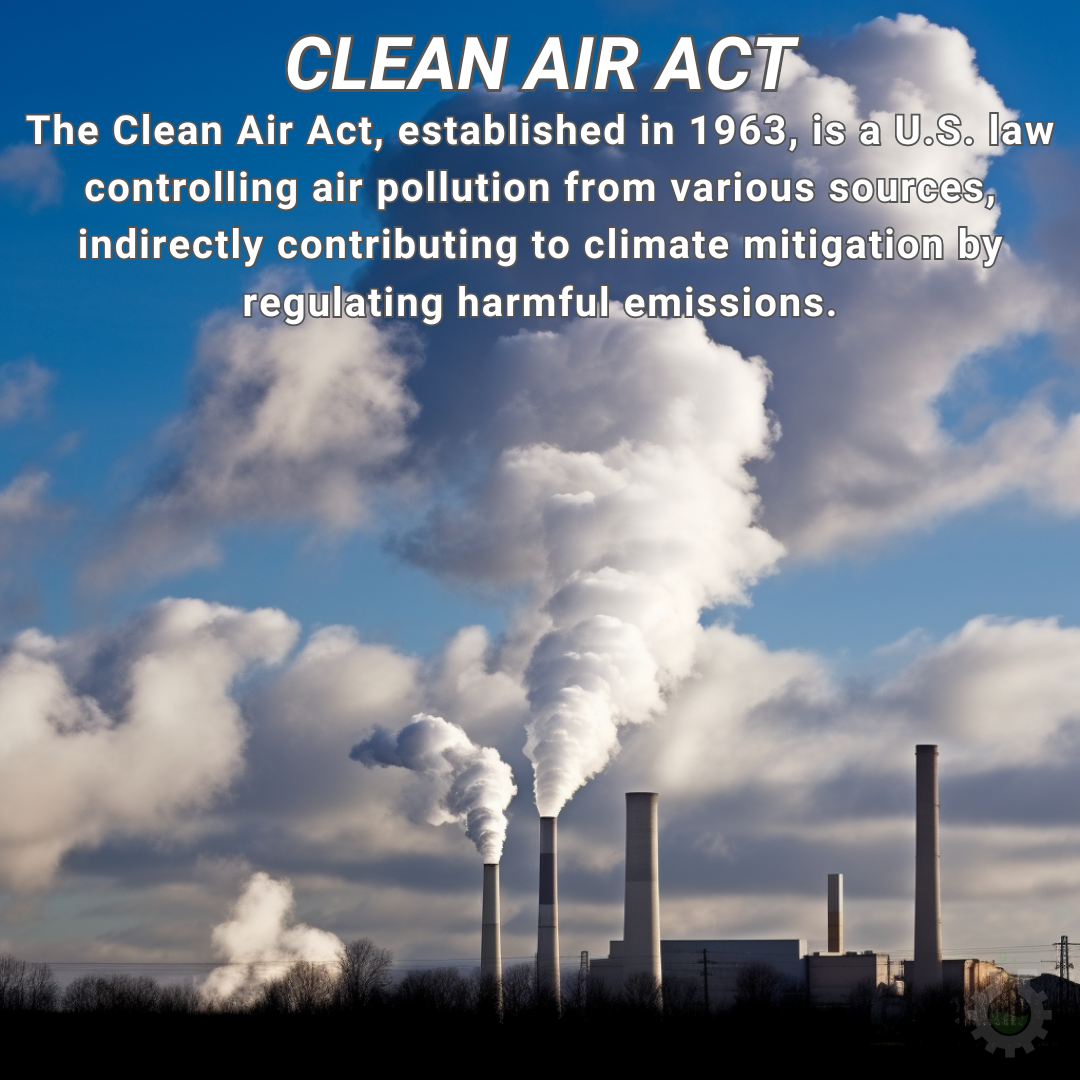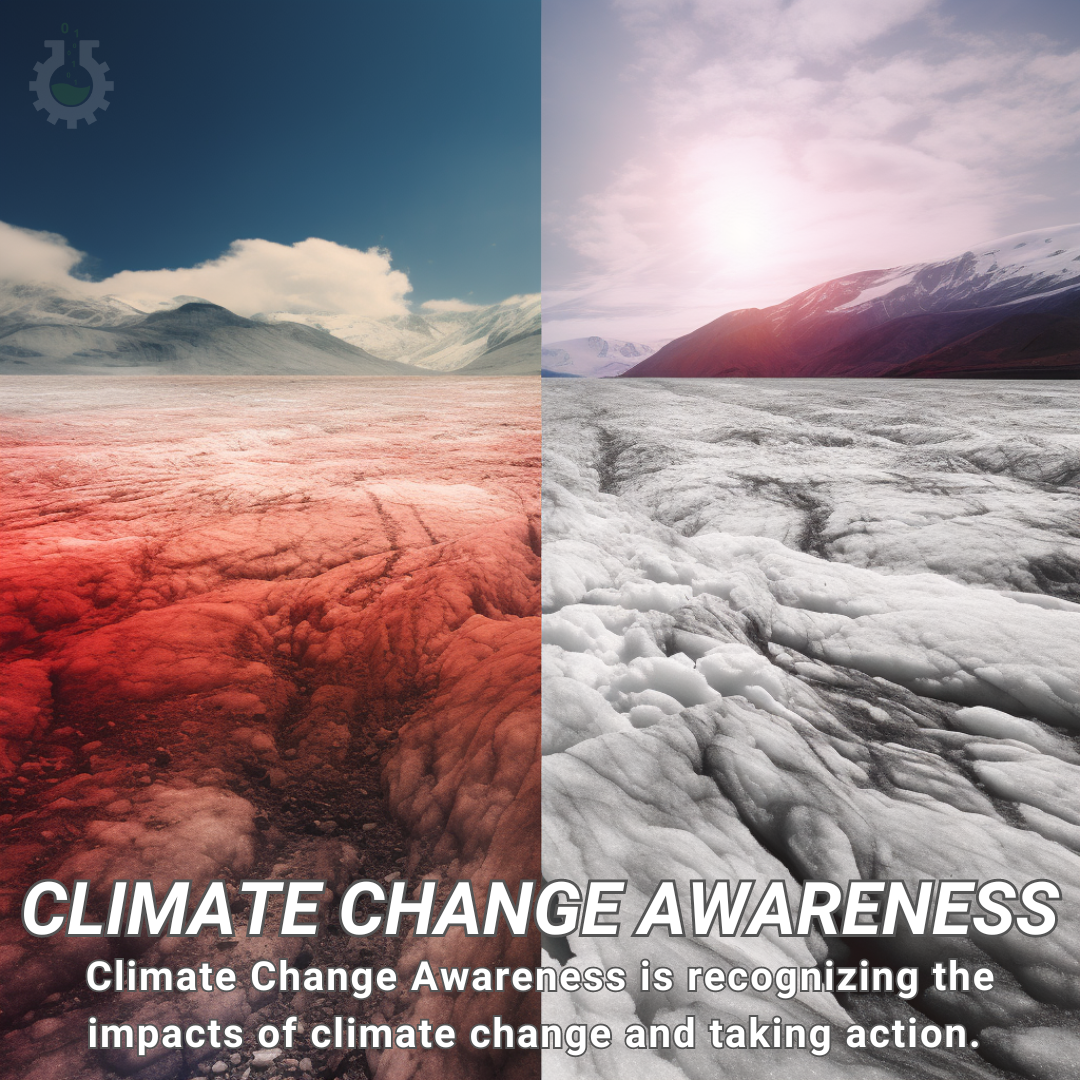Albedo Effect is the reflectivity of surfaces, like ice and snow, impacting Earth’s temperature. When these surfaces melt, darker ones absorb more heat, intensifying global warming. Understanding albedo is crucial for climate science.
Anthropogenic Refers to human-induced activities or processes that impact the environment, including climate change. Human activities such as burning fossil fuels, deforestation, and industrial processes contribute significantly to anthropogenic greenhouse gas emissions, leading to alterations in the Earth’s climate. Addressing anthropogenic factors is crucial for mitigating climate change.
Biomass is an organic materials derived from plants and animals, used as a renewable energy source. In the context of climate change, biomass can play a role in reducing carbon emissions when utilized sustainably for energy production. It involves capturing solar energy through photosynthesis and converting it into bioenergy, providing an alternative to fossil fuels. […]
Afforestation is the deliberate act of planting trees or creating forests in areas where they did not previously exist. This practice plays a crucial role in climate change mitigation by absorbing carbon dioxide from the atmosphere through photosynthesis. Trees act as carbon sinks, storing carbon and helping reduce greenhouse gas concentrations. Afforestation contributes to biodiversity, […]
The IPCC (Intergovernmental Panel on Climate Change): The IPCC is a global scientific body that assesses climate change-related information. It provides policymakers with authoritative reports, emphasizing the impact of human activities on Earth’s climate. Established by the United Nations, the IPCC plays a crucial role in shaping international responses to climate change. Connection to Climate […]
Climate Stewardship involves responsible and sustainable management of the Earth’s resources to mitigate climate change impacts. It includes actions such as reducing carbon footprints, promoting renewable energy, and advocating for policies that safeguard the environment. This proactive approach aims to ensure a habitable planet for current and future generations by fostering ecological balance and resilience […]
The Clean Air Act is a comprehensive environmental law in the United States that aims to control air pollution. Enacted in 1963, it regulates the emission of pollutants from stationary and mobile sources, contributing to improved air quality. While not exclusively focused on climate change, the Act indirectly aids climate mitigation by curbing emissions of […]
Pests and diseases in crops are biological threats that affect plant health and productivity. Climate change influences these issues by altering temperature, precipitation patterns, and introducing new habitats for pests. The resulting shifts in ecosystems create favorable conditions for the proliferation of pests, impacting global food security. This connection underscores the urgency of climate-resilient agricultural […]
Climate resilience refers to the capacity of communities, ecosystems, and systems to anticipate, prepare for, respond to, recover from, and adapt to the adverse impacts of climate change. It involves building robust structures, implementing sustainable practices, and fostering adaptive strategies to minimize vulnerability and enhance the ability to withstand and bounce back from climate-related challenges. […]
Climate Change Awareness is the understanding and acknowledgment of the ongoing and potential impacts of climate change on the planet. It involves recognizing the changes in weather patterns, rising temperatures, and the resulting environmental, social, and economic consequences. This awareness is crucial for fostering informed decisions, promoting sustainable practices, and driving collective efforts to mitigate […]


